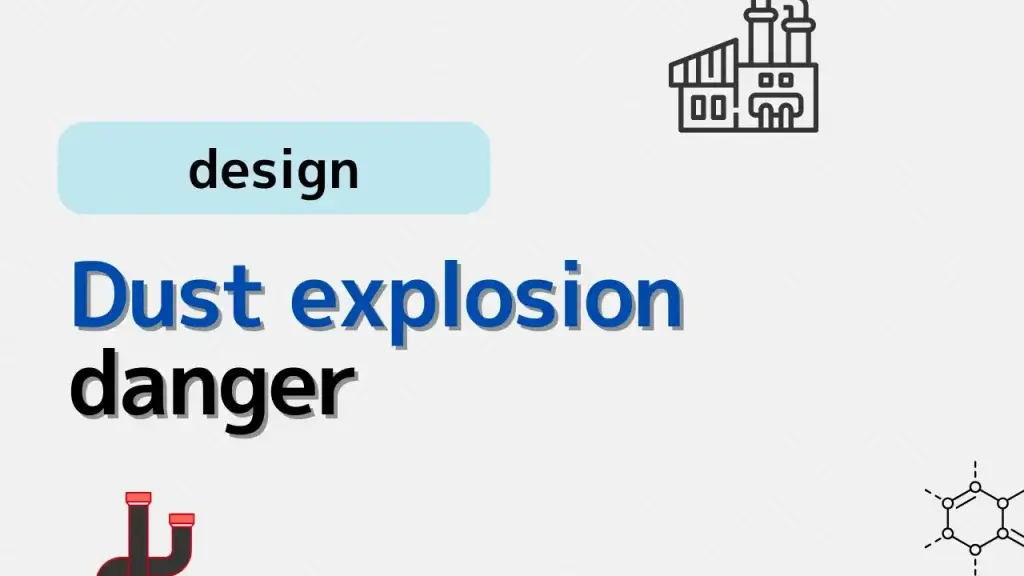Introducing articles from plantengineering.com.
Dust explosions are one of the most frightening disasters in chemical plants.
A variety of measures are needed
Let’s learn the basics and apply them to your design
Does not accumulate static electricity
Static electricity can be an ignition source in dust explosions.
To prevent static electricity from building up, the equipment and piping must be made of metal.
One of the piping parts that requires the use of resin is movable joints such as hoses.
Even in this case, it is necessary to select a resin that does not store electricity, such as one that contains metal components.
To prevent static electricity from building up, the flow rate needs to be slowed down, which in engineering terms means increasing the diameter of the pipes.
Filters and dust collectors, which tend to accumulate powder, also tend to accumulate static electricity.
You also need to be very careful when removing debris from the filter.
Protect people from explosions
If a dust explosion does occur, its direction needs to be controlled.
Make sure that the explosion wave does not accidentally reach any surface that is being operated by a person.
Ideally, the open piping, which is the weakest part of the facility, should be directed toward the top. If this is not possible, release the water to the side where no one is present.
If the piping is long, there will be pressure loss and explosion may leak from parts other than the end of the piping.
Note that the location of the dust collector and the design of the piping outlet are for positive safety reasons, not for negative reasons such as open space.
Making use of water
One way to prevent dust explosions is to use water.
Dry systems that do not use water can cause dust explosions.
Wet systems that use water reduce the risk of dust explosions.
If possible, use a wet dust collector or other device to create a system that does not consist of just powder and gas.
